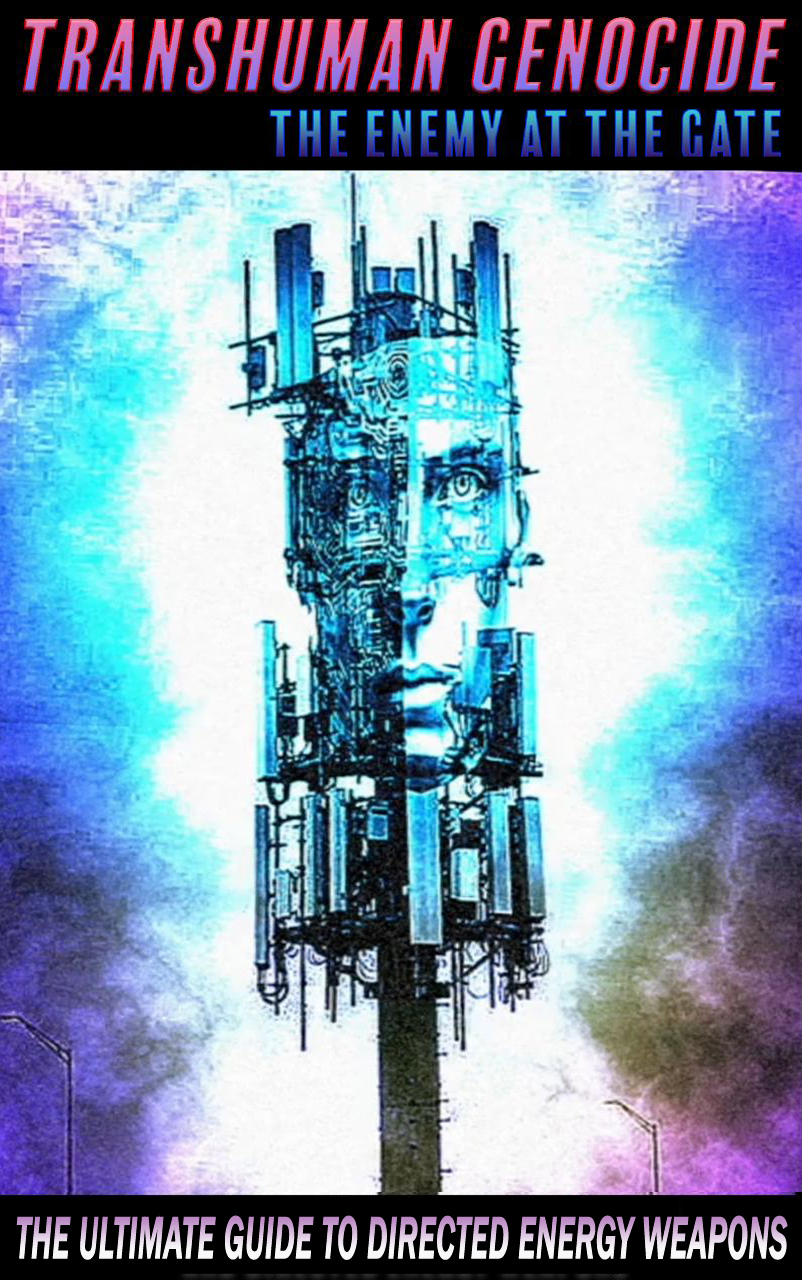Palantir, SpaceX, and Anduril, prominent players in the realm of militarized AI, are at the forefront of a technological revolution that blurs the lines between defense and corporate interests. The narrative often painted is one of innovation and security enhancements, with promises of ethical boundaries and operational safeguards. However, beneath the veneer of progress lies a complex web of power dynamics and control mechanisms that threaten to reshape the very fabric of warfare and societal autonomy.

These companies, spearheaded by figures like Peter Thiel, Elon Musk, and Palmer Luckey, have strategically positioned themselves to influence not just military strategies but also global communications and intelligence networks. Their integration into critical defense programs, such as the Army’s Robotic Combat Vehicle initiative, underscores a concerted effort to embed AI technologies into the machinery of war. The influx of funding and resources into these ventures highlights a calculated push towards a future where autonomous systems dictate the battlefield landscape.
The implications of this technological convergence are profound and far-reaching. The development of militarized AI, exemplified by the deployment of robot dogs armed with lethal capabilities, signals a shift towards remote-controlled warfare and surveillance. As nations invest in these technologies to minimize human risk in conflict zones, they unwittingly surrender a degree of control to automated systems designed by private entities with opaque agendas. The rise of defense stocks amidst geopolitical tensions underscores the profit-driven undercurrent that fuels this transformation.
Intent, means, and opportunity align in this orchestrated narrative of progress and security. The intent to monopolize military technologies, the means to infiltrate defense programs under the guise of innovation, and the opportunity presented by global unrest all converge to create a landscape where power is consolidated in the hands of a select few. The calculated steps taken by these companies to embed themselves in the military-industrial complex reveal a blueprint for control that extends beyond borders and ideologies.
Looking ahead, the trajectory of militarized AI points towards a future where warfare is waged through algorithms and drones, where decisions are made by machines rather than men. The historical patterns of consolidation of power and technological advancement echo throughout this narrative, offering a chilling glimpse into a world where autonomy and agency are subjugated to the imperatives of profit and dominance. As we stand at the precipice of this new era, the stakes could not be higher, demanding a vigilant scrutiny of the forces at play and a steadfast commitment to upholding the values of human agency and sovereignty.

